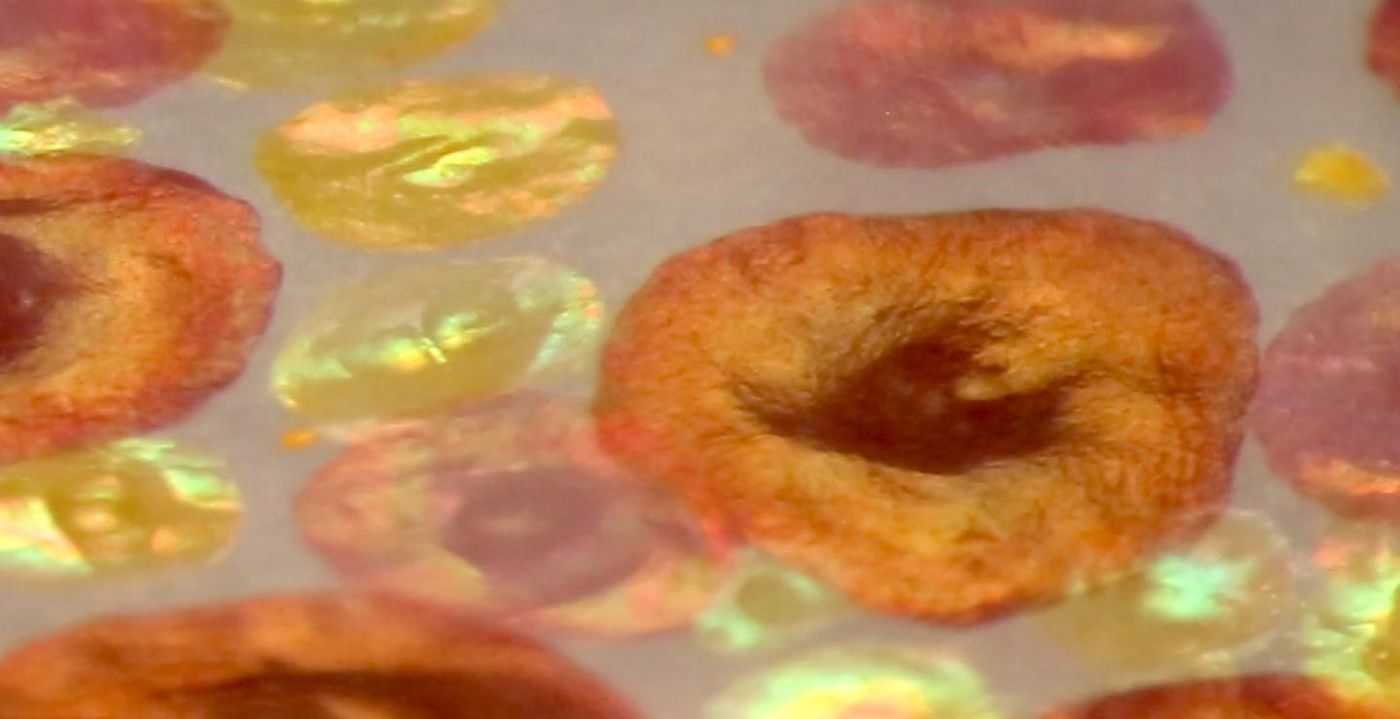Revealing the Mechanisms Underlying Squid's Color-changing Skin
Chromatophores are fascinating cells found in some animals like cephalopods, which carry pigments and can reflect light. Some species like squid can rapidly alter the pigment or reflection of their chromatophores, which changes the pattern and color of their skin for camouflage or mating appearance. Scientists have been studying chromatophores for a long time to learn more about how they work; now a research team from Northeastern University and the Marine Biological Laboratory (MBL) have reported new findings in Nature Communications that changes how we think of these cells.
“People have been trying to build devices that can mimic cephalopod color change for a long time by using off-the-shelf components,” noted Leila Deravi, an assistant professor of chemistry and chemical biology at Northeastern, whose lab led the work. "Nobody has come anywhere near the speed and sophistication of how they actually work."
The color changes that happen in squid skin occurs when muscles contract around elastic sacs of pigment within the chromatophores. As light hits granules of pigment, most wavelengths are absorbed, while one that isn't absorbed reflects a band of color. Iridophores are another type of cell that lay deeper in the skin, reflecting any light hitting them and creating an iridescent shine.
It was thought for decades that these cells generated either pigmentary or structural colorations, not both. Study co-author Stephen L. Senft of MBL observed that iridescence was aligning exactly with pigment.
"In that top layer, embedded into the chromatophore organ, is structural coloration," says MBL Senior Scientist and cephalod camouflage expert Roger Hanlon. "No one had found anything like that."
After consulting some of his decades-old Kodachrome slides of chromatophores, Hanlon realized that one showed a chromatophore reflecting blue iridescence. He had assumed it was coming from an iridophore underneath. "I saw this in 1978, and I didn't realize what I was looking at," he said. "It's incredible."
Further work revealed the proteins that generate the iridescence, which are called reflectins. They surround pigment sacs.
"We kind of broke up the known paradigm of how the skin works in the cephalopod world," Hanlon said. This work opens up new avenues in synthetic biology.
"We're piecing together a roadmap, essentially, for how these animals work," Deravi added. "Our ultimate goal is to try to create something like a material, a wearable device, a painting or a coating, that can change color very quickly like these animals do. It's not as far-fetched of a goal today as it was even three years ago."
Sources: AAAS/Eurekalert! Via MBL, Nature Communications









